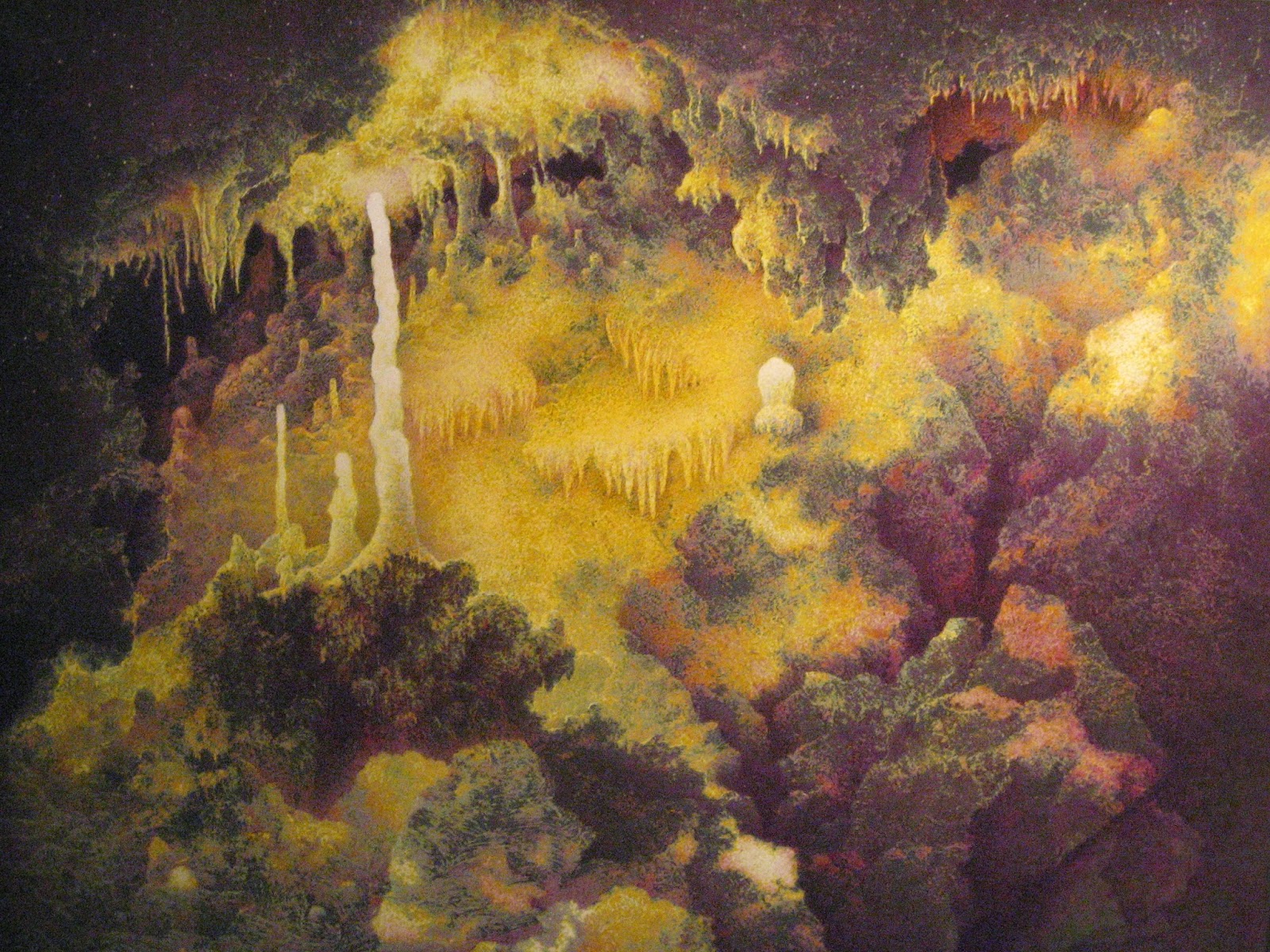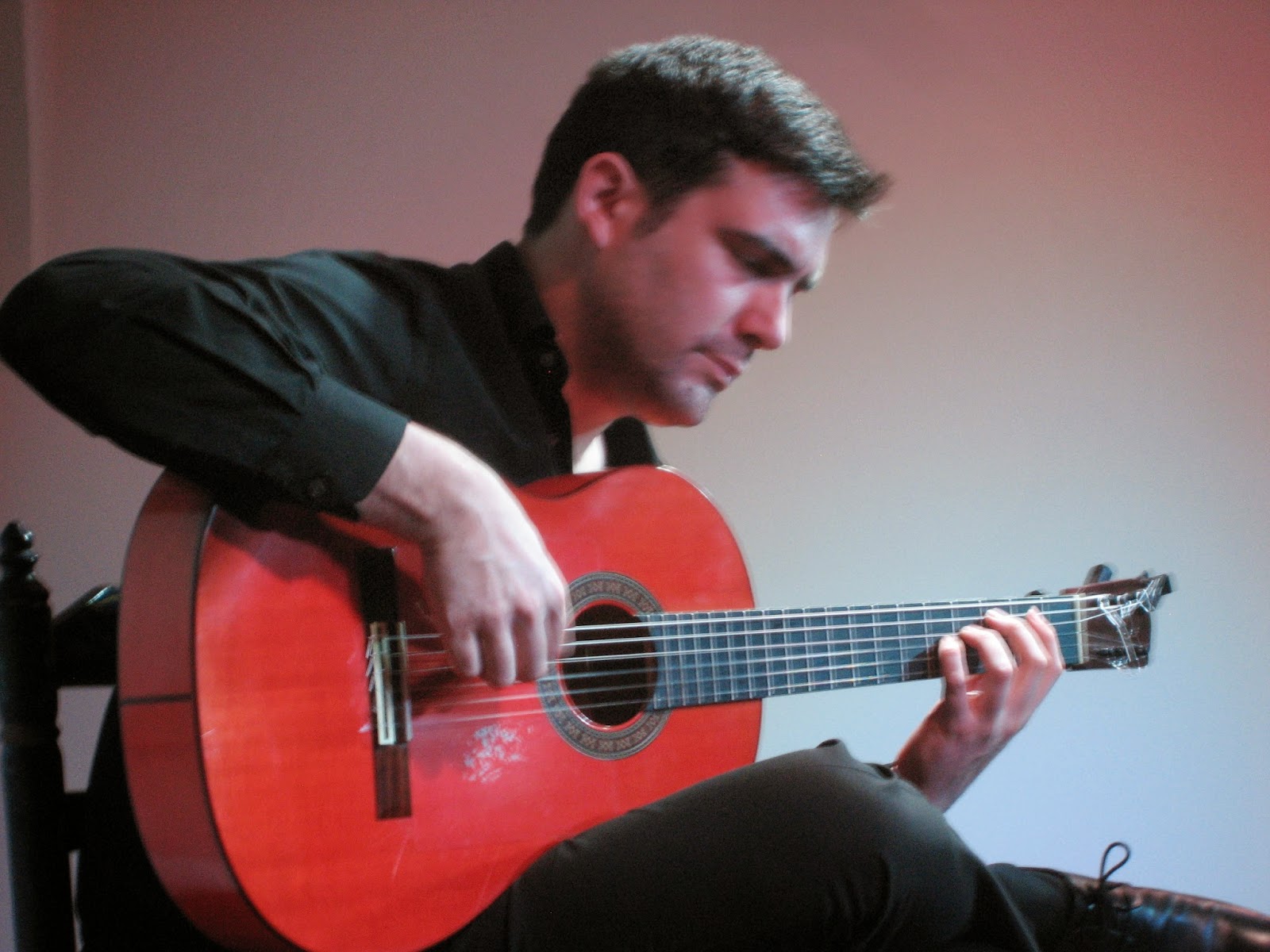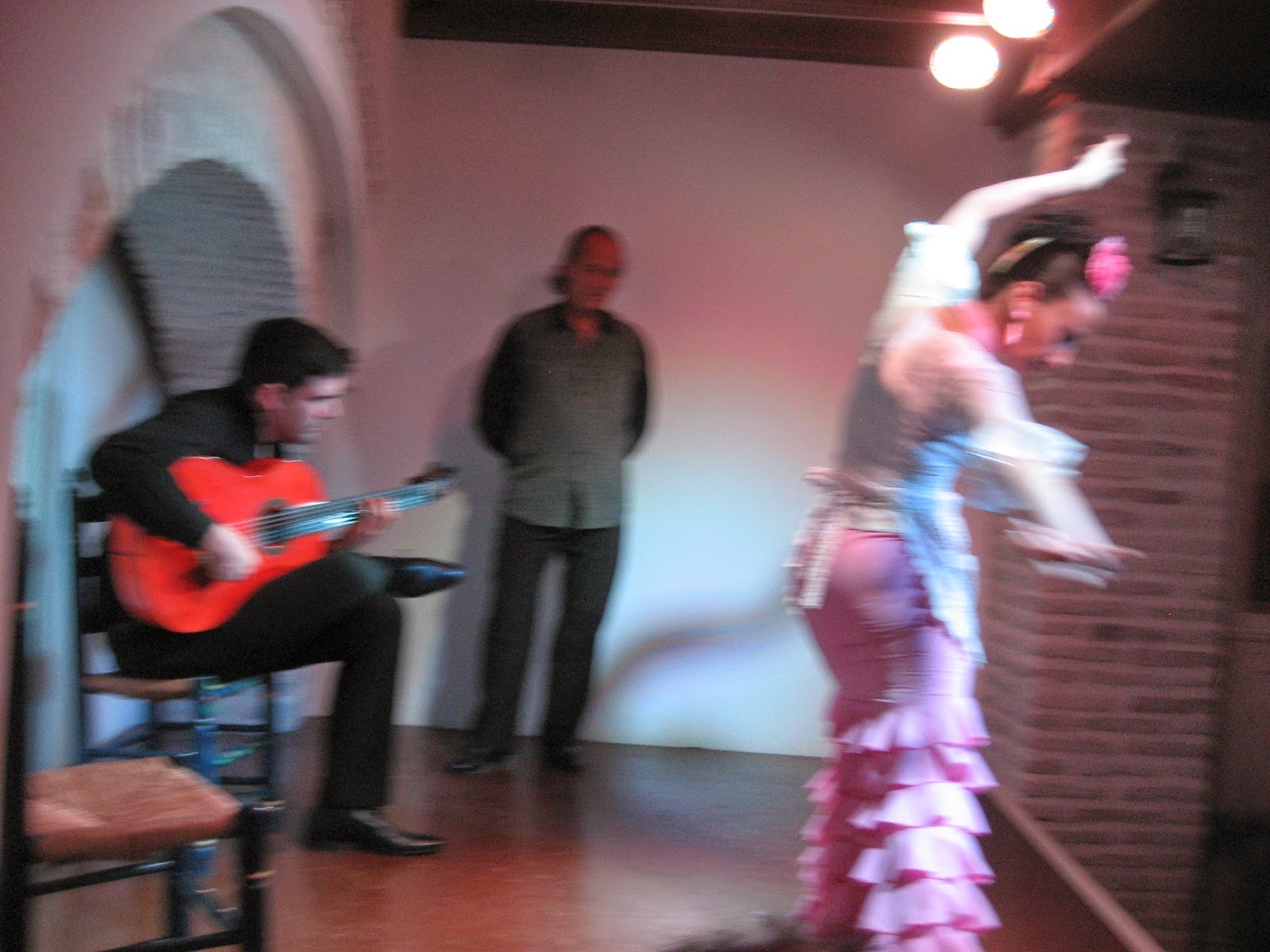Cadiz
After leaving Seville it was an hour and 40 minutes train ride to Cadiz, the oldest continuously inhabited city in Europe. This city is on the end of a narrow peninsula and it is a joy to see ocean out the windows of both sides of the train. Arriving at the end of the line, the Santa Justa station, we walk out into very bright sunlight. I see palm trees and a large white building. .which turns out to be a cruise ship. Amazing what humans can build, so strong and massive.
We pick up a map at the info station a few blocks ahead and after checking in at the Patagonia hotel we discover another strong, massive accomplishment of mankind... the sea wall built to protect the city from invasion - of which there had been many - Carthaginians, Romans, Dutch, and two Punic wars.
We walked the massive sea walls which are great to lean on and look over mesmerized by the pounding waves or, like the locals, fish for dinner.
One of the coolest things to check out is "The Bishop's House" (Casa del Obisbo). It is an important archeological dig with the different cultures stacked on top of each other.
Originally it was a Phoenician "healing hut" the location chosen for its healing powers and spring waters. Then it became a place with healing baths, the ill were encouraged to dream of Apollo's healing cures, Eventually the baths were filled in because the Christians believed bathing was too tempting.
It gives you a sense of vertigo, because you are walking on a glass floor looking down into the dig.. The deepest pillar is identified by its construction process.
One of my favorite places to discover is the Ruins of Fort Santa Catalina. Right now it houses a wonderful little exhibit of poetry and fantastic artwork on the inter-connectedness and fragility of our ecosystems. There was no signature and the artists' names were not provided, sorry for the lack of attribution.
Cadiz also offers a wonderful place to stroll and admire gardens and topiaries in wonderful Park Genoves.
And going to the beach is always a good thing (accidentally saw a little topless action. Not posting any pix)
There's lots more to see, but leaving Cadiz we stopped in the Town Hall Plaza that night and enjoyed an adios from the historic Adalucian music and fountain's dance. Here's the Town Hall (Plaza de San Juan de Dios.)



































































